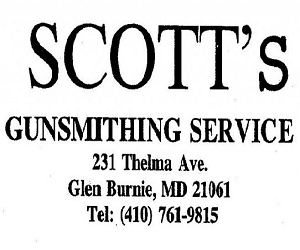The key thing that I was taught in the military is build your shooting position using bone. Bone doesn't get tired. Muscle builds lactic acid, gets tired and shaky.
I keep seeing modern AR/M-series shooters using an unsupported/offhand stance while standing or moving forward where the supporting arm (on the handguard) is extended far forward, grasping the foregrip much closer to the end of the barrel than I'm used to doing. I've seen it done with and without the add-on, T foregrip.
This is totally counterintuitive to me because it appears that the supporting arm is using all muscle to stabilize the rifle, which would be shaky after a period of time. What am I missing here? What's the technique? Why is this the preferred stance now?
I'd appreciate your insights.
I keep seeing modern AR/M-series shooters using an unsupported/offhand stance while standing or moving forward where the supporting arm (on the handguard) is extended far forward, grasping the foregrip much closer to the end of the barrel than I'm used to doing. I've seen it done with and without the add-on, T foregrip.
This is totally counterintuitive to me because it appears that the supporting arm is using all muscle to stabilize the rifle, which would be shaky after a period of time. What am I missing here? What's the technique? Why is this the preferred stance now?
I'd appreciate your insights.

